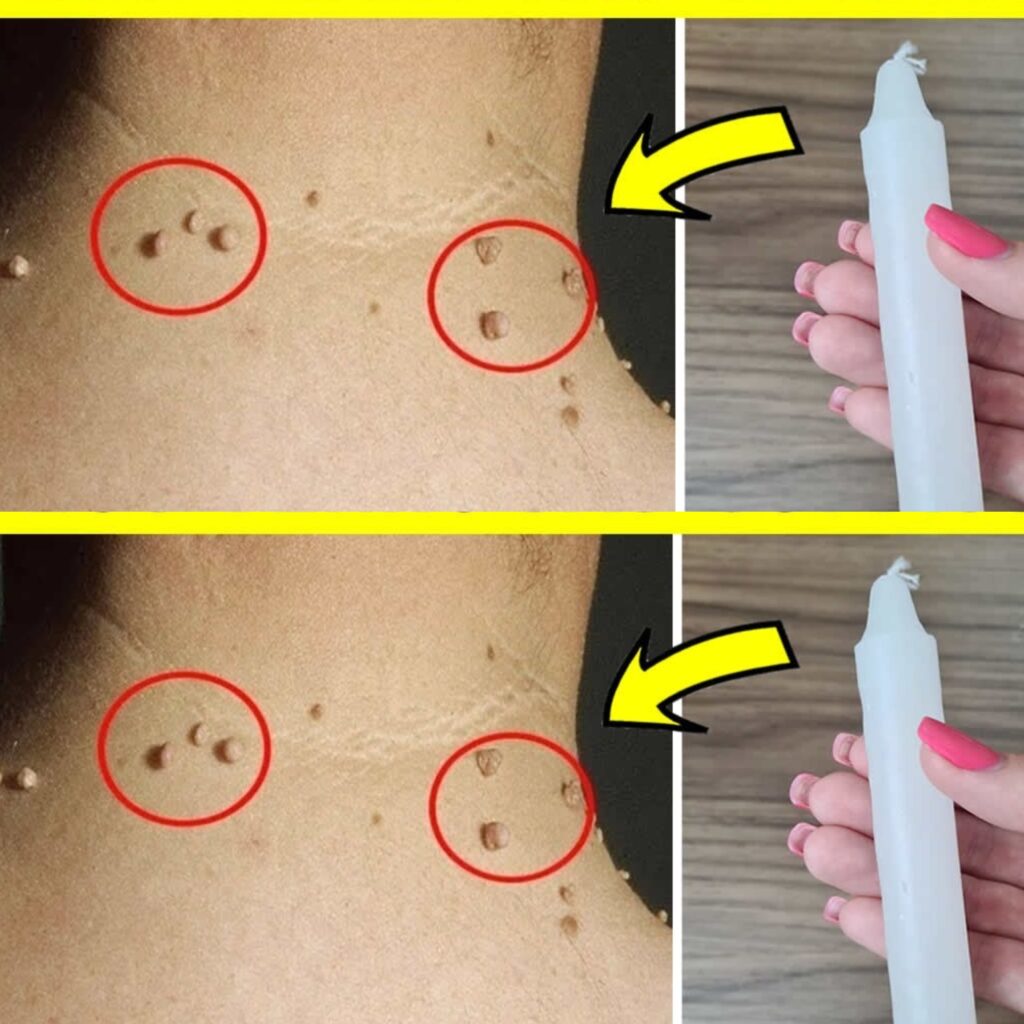
Warts, which are caused by the human papillomavirus (HPV), can be stubborn and unsightly, often appearing on fingers, hands, and feet. While medical treatments are recommended for warts, some people turn to home remedies like the use of a candle for a symbolic approach. This method, which should be treated with caution, is more about the ritual than direct treatment. Here’s a step-by-step guide on how one might use a candle in an attempt to get rid of warts, keeping in mind that scientific evidence supporting this method is lacking.
Disclaimer:
This method is a traditional remedy and not scientifically proven to treat or cure warts. For effective and safe treatment, it’s always best to consult with a healthcare professional.
Instructions:
-
Prepare the Area: Ensure the area around the wart is clean and dry. Wash your hands and the affected area with soap and water.
-
Light the Candle: Choose a small candle, such as a tea light or a votive candle. Light the candle and focus on the flame, which is said to help concentrate your intentions on healing.
-
Warmth Near the Wart: Without touching the skin directly, hold the side of the candle near the wart to feel a gentle warmth. Do not touch the skin with the flame or hot wax, as this can cause burns.
-
Visualization Technique: While the candle is lit and you feel the warmth, visualize the heat drawing out the infection and the wart shrinking away. Visualization and belief are central to the effectiveness of this method in traditional practices.
-
Extinguish the Candle: After a few minutes, safely extinguish the candle. Some traditions suggest burying the candle or throwing it away to symbolize the removal of the wart.
-
Repeat if Desired: This process can be repeated over several nights if desired. Consistency and belief are key elements in the ritualistic aspect of this home remedy.
Additional Tips:
-
Consider Proven Methods: While this home remedy is a traditional approach, consider using proven medical treatments for warts such as salicylic acid, freezing treatments, or consulting a dermatologist.
-
Monitor the Wart: Keep an eye on the wart for any changes, increase in size, or signs of infection. If the wart changes color, multiplies, or causes pain, consult a healthcare professional.
-
Maintain Hygiene: Warts are contagious. Avoid sharing towels, shoes, or other personal items, and keep the area clean to prevent spreading the virus.
Conclusion:
Using a candle to remove warts is a traditional method that focuses more on the ritual and belief system than scientific evidence. It can be a calming, meditative practice but should not replace medical treatments known to be effective. Always prioritize safety and consider consulting with a healthcare provider to discuss the best treatment options for warts.




